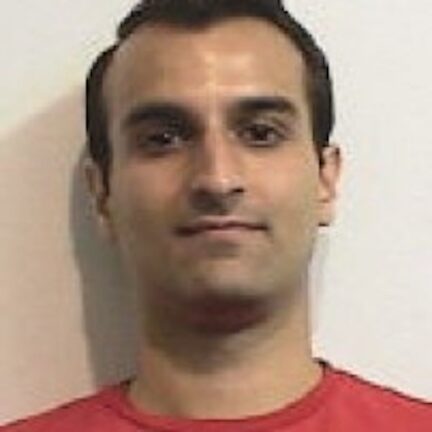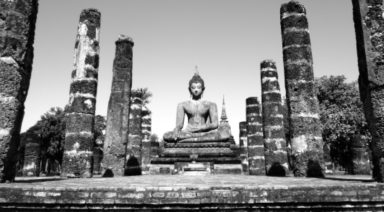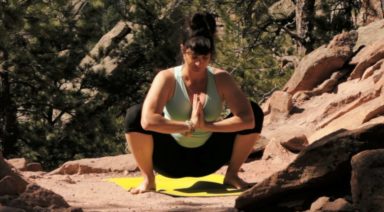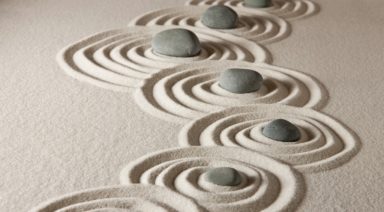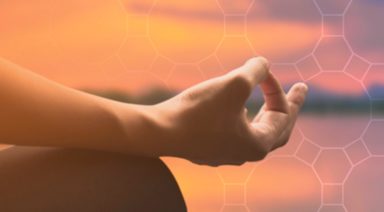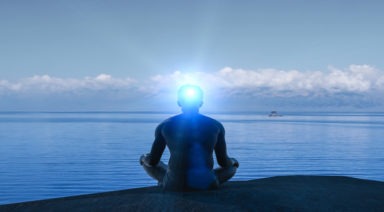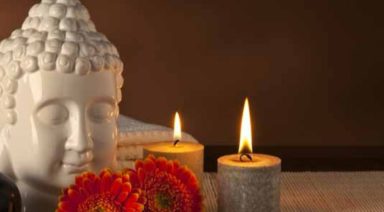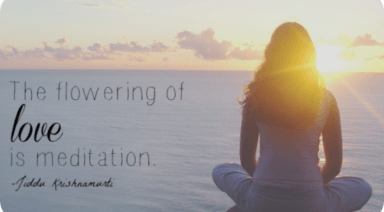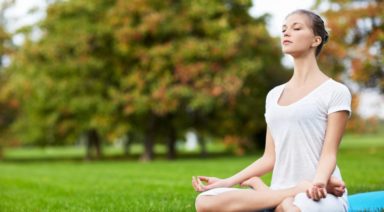5 Challenges in Meditation
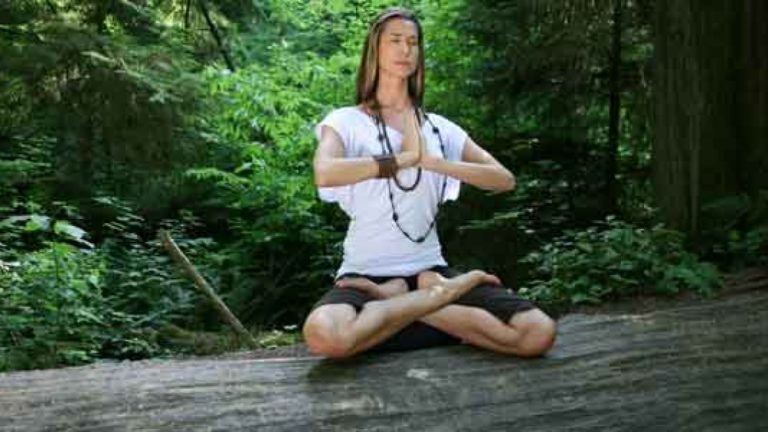
We hear a lot about the benefits of a regular meditation practice, but life – and our own minds can get in the way. When we do make time for our meditation practice, we can be easily distracted by some of its more common pitfalls. Here are five common challenges we face in meditation:
1. Impatience
Feeling the urge to be doing something else during a meditation session is probably the biggest meditation obstacle out there. Impatience causes us to end meditation sessions early, impedes our concentration and frequently makes us stop our practice altogether.
The key to counteracting impatience is to recognize the very existence of the feeling itself. If we feel the insatiable urge to do something else, it is important to acknowledge the feeling of impatience instead of giving into it. By acknowledging our impatience, we empower ourselves to effectively deal with it versus allowing it to rule us.
After acknowledging the feeling, we must remind ourselves that the benefits from a daily meditation practice will help us be more effective in everything we do afterward, including those activities that are causing our impatience. A calm, effective mind helps with decision making, anxiety and clear thinking.
Secondly, by identifying and isolating the feeling of impatience, we can then practice letting go of it, which gets to the essence of meditation—recognizing unproductive thoughts and letting go of them.
2. Lack of Time
So often we set intentions to meditate regularly, but our practice ends up getting tossed aside for “more important” things. We often feel like there are a million other things we need to do before we have time for our meditation practice.
The key here is prioritizing meditation by working on our perception of it. If we view meditation as a core part of our routine, like brushing our teeth or taking a shower, then missing meditation is no longer an option. We go through a routine to prepare our physical bodies for the day, so why not have one for our minds, as well?
3. Lack of Sleep
It is very, very difficult to meditate without enough sleep. If we begin meditating on little sleep, we often feel drowsy and end up dozing off. Not very productive! Also, a sleep deficit reduces our ability to concentrate and control our thoughts, which makes our meditation sessions far less effective. We are also less likely to meditate in the first place when fatigue undermines our resolve.
What’s the answer? Take a break and get some sleep! It’s okay to let go and allow ourselves the restoration we need to be successful.
4. Feeling “good enough”
Feeling good can be our biggest inspiration and our biggest obstacle. If we are not careful, feeling good can subtlety erode our resolve to continue with our meditation practice. The idea that because we feel good, we don’t need to meditate seems like it makes sense on the surface, but will ultimately undo our progress if we follow it. It can be as simple as waking up in the morning and deciding to lounge around and enjoy the morning instead of meditating because “we feel good, so it’s all good.” If we skip too many times we will regress in our practice and lose the positive mindset we cultivated.
Good is good, but great is even better. We can only reach great if we keep up our meditation. Focus on maintaining and improving the positive experience.
5. Stopping short
This is a very subtle pitfall in our meditation practice which can take a very long time to overcome if we do not realize it is happening. This occurs during a session when our mind finally settles into a place of calm and then we decide to immediately terminate the meditation because we think that we have achieved our goal. By terminating our session early, we are in fact missing out on the enormous benefits from continuing.
We can think of meditation in two steps. Step one is achieving the initial calm during a meditation and step two is sitting with that calm. By residing in a tranquil state we deepen our calm, improve our clarity and strengthen our feeling of relaxation for the post-meditation period.
How to Avoid These Meditation Pitfalls
Let Gaia guide you toward a stronger meditation practice. In the Here & Now Meditation Guide, you will create a solid foundation of new habits backed up by neuroscience.
Meditation and Mindfulness; Methods for Lasting Peace

Mindfulness is an essential and useful pathway that leads to peacefulness. It isn’t rocket science, it doesn’t require a trendy workshop, and it doesn’t require that you live in an ashram.
“Each place is the right place. The place where I now am can be a sacred space.”
– Ravi Ravindra
What is Mindfulness?
The most basic definition of mindfulness might be the act of paying attention to the things that you are experiencing, and then choosing peacefulness in relation to every action, person, thought, feeling, and response.
Mindfulness in its purest form has the following characteristics:
- Being fully present to what’s happening in this moment
- Leaving the past in the past
- Letting fantasies of the future dissolve
- Refraining from self-judgment and judging others
- Keeping emotions in-check
- Responding instead of reacting
- Strengthening our connection to our core selves

